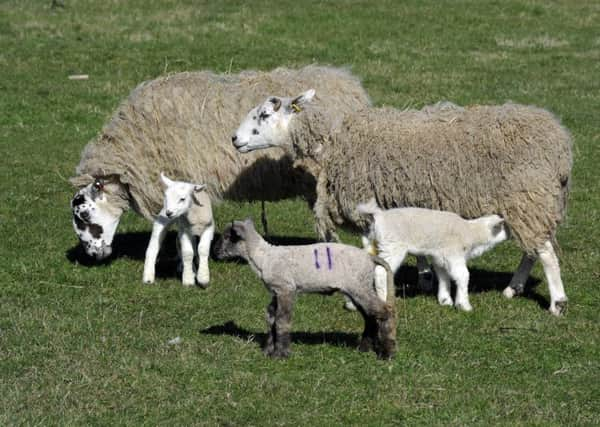The vital weights and measures


The quicker an animal grows, the sooner it makes slaughter weight.
The majority of feed an animal eats is used just for maintenance (breathing, walking, etc) so the less days spent growing means the overall amount of food eaten is lower, therefore costing the farmer less so their meat can be cheaper.
Advertisement
Hide AdAdvertisement
Hide AdGrowth of any animals is determined by three things: nutrition, genetics and disease.
Hopefully, through working with us and monitoring, using faecal egg counts, the impact of diseases which slow growth, like intestinal worms, coccidia and pneumonia, are minimised.
Nutrition is vital in terms of energy, protein and minerals/vitamins and should be matched to the different classes of stock. For instance, lambs grow best on short sweet grass and clover with high digestibility and high energy and protein.
Most of Northumberland is short in cobalt and selenium so supplementing the stock with, for instance, long-acting injections of cobalt and selenium, means the animals grow better and their meat is better for us.
Advertisement
Hide AdAdvertisement
Hide AdWhen you view a new bull or tup these three factors – nutrition, genetics, disease – as well as his age and whether he was born a twin, have made him the size and condition he is.
However, the only one of these that he will pass to his offspring are genetics, therefore it is important to measure his genetic potential to grow independently of the other factors. This is done by taking lots of weight measurements on lots of different farms, with different nutrition and disease statuses, at the same age of related stock.
Also, the animals have their backs ultra-sounded at a set age to see how much fat and how much muscle they have.
All these weights and measurements, along with the pedigree data (showing the family relationships), are put into a computer and out come estimated breeding values.
Advertisement
Hide AdAdvertisement
Hide AdSo for a lot of pure bred animals it is possible to not only see the animal on purchase day, but also have an idea about how its offspring are going to grow.
It is a bit like going to a garage to buy a car that looks nice, but also now knowing you have a guide to its speed, fuel efficiency, etc. Its all part and parcel of a vet’s job.